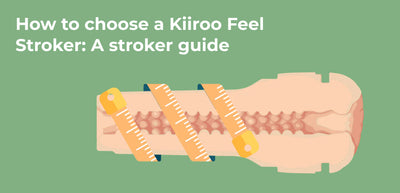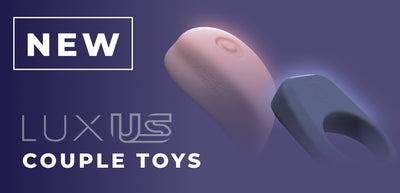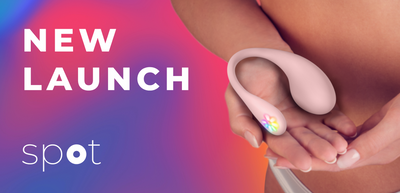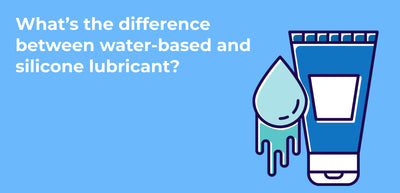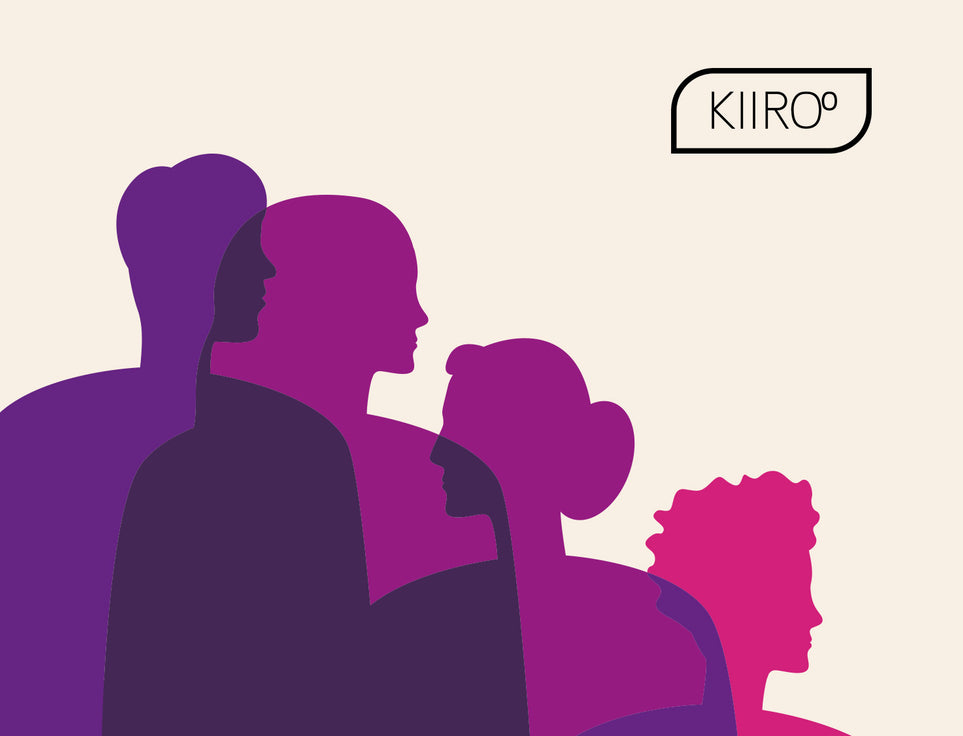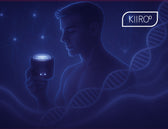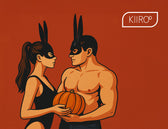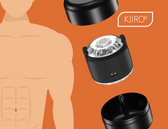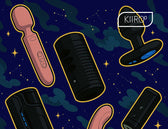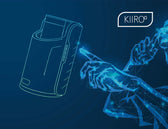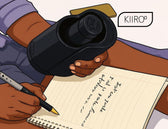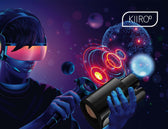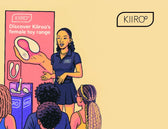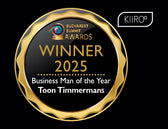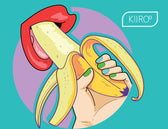Labels can be liberating, helping people connect to others and understand each other. But sexuality doesn’t fall neatly into gay or straight boxes - it’s a spectrum. So what about bisexuality? Put simply, bisexual (or bi) people have the capacity to be attracted to and/or form relationships with more than one sex or gender.
Despite misconceptions, bisexuality is not a transient state or a cover for being homosexual, but a sexual orientation in its own right which should be expressed and celebrated freely.
Many bisexual people still face discrimination about their sexual orientation, which has a huge impact - including higher levels of anxiety and lower levels of happiness and life satisfaction among bi people than lesbian, gay and straight people. To address this and highlight the challenges faced by bisexual people, we’ve debunked five of the most common assumptions about bisexuality.
1. Misperception: Coming out as bisexual is easy
Debunked: According to research by Stonewall, bisexual people in England, Scotland and Wales are less likely to come out - with 36% of bisexual people coming out to all their friends compared to 74% of gay and lesbian people.
One of the factors holding people back from openly identifying as bisexual include fear of discrimination or harassment. This isn’t just from heterosexual people - 27% of bi women and 18% of bi men reported experiencing discrimination from other people in the LGBT community because of their identity.
2. Misperception: To be bisexual you must have dated both men and women
Debunked: Bisexual people do not need to have had experiences with people of the same gender - just as heterosexual or homosexual people can know their sexual identity before their first relationship. Sexual orientation is a way to describe all kinds of attraction - from physical to emotional to romantic to spiritual.
This includes fantasies of being with women, men, both, or other genders or sexes that don’t fit into the binary. On the flip-side, bisexuality is not determined by who people are in a relationship with. If a bisexual person is in a long-term heterosexual marriage, they are still bisexual. Likewise, if a woman is in a relationship with another woman, it does not automatically mean she’s a lesbian.
3. Misperception: Bisexual people are more promiscuous and have more STIs
Debunked: Bisexuality does not determine behavior, and being attracted to more than one gender does not mean that bisexuals are automatically more sexually active. Anyone, regardless of their sexual orientation, is at risk of STIs if they don’t practice safe sex.
Still, 22% of bisexual people surveyed in Stonewall’s Bi Report reported experiencing discrimination from healthcare professionals, including assumptions of promiscuity from doctors and more intrusive questions once they identified as bisexual.
In reality, a bi person is just as likely to be monogamous (have one partner), polyamorous (have multiple partners), or asexual (little to no sexual attraction to others) as someone who is straight, gay, lesbian, pansexual, and so on.
4. Misperception: Bisexual people are attracted to men and women equally
Debunked: While the term itself suggests binary sexuality (the prefix bi- in bisexual comes from the Greek prefix for ‘two’), this is due to a limited understanding of gender in history and culture.
The term itself has always referred to more than one gender - not a literal 50/50 binary. While some bisexual people have a strong gender preference, others may extend their attraction to gender fluid or gender binary partners. This is also why many bi people identify as ‘pansexual’ (pan- meaning ‘all’): being attracted to someone irrespective of their gender identity.
5. Misperception: Bisexuality is just a phase
Debunked: The assumption that ‘everyone is a little bit bi’ or has a ‘bi phase’ minimizes the experiences bisexual people go through to understand their sexual orientation and contributes to bi-erasure.
Whether it’s described as a ‘gateway’ to coming out as gay or lesbian or simply ‘not real’, the myths around bisexuality can make it harder for bi people to express their sexuality. Bisexuality is a real identity and no one can tell anyone otherwise - it’s entirely up to the individual to identify with the term.
Whatever our sexual orientation and whoever is in our sexual pasts, we should respect and protect each other, stay informed, and champion all diverse sexual identities. While awareness events such as Bi+ Visibility Day and Bisexual+ Awareness Week are important to address challenges the bisexual community faces and call for positive change, there is lots that can be done to raise the voices of bisexual people in our daily lives - that’s a fact.
